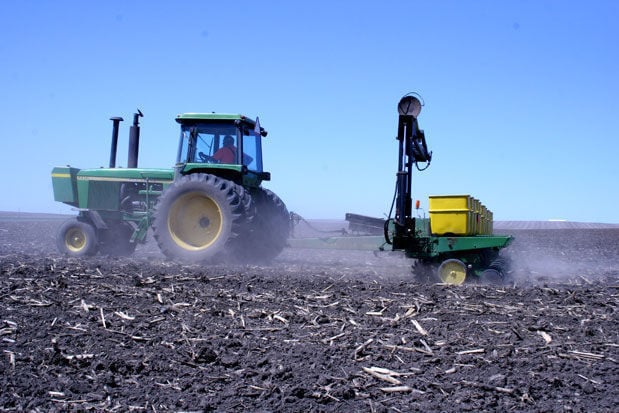Minnesota farmers faced another challenging year in 2024, with net farm income continuing to decline.
Falling crop prices coupled with below-trendline crop yields resulted in low incomes, especially for crop producers. As a result, many crop producers are bracing for an economic storm as they plan for the 2025 crop year.
According to new data from the University of Minnesota and the state, the median net farm income for Minnesota farms dropped to $21,964 in 2024, marking the lowest level this century. Farm profitability has significantly declined since 2022, leaving many farmers in a challenging financial position. The average Minnesota farm experienced a reduction in working capital, limited net worth growth and minimal profitability for the year.
This analysis includes data representing approximately 13% of Minnesota’s farms with gross incomes over $250,000 annually. It is compiled from 2,198 participants in the Minnesota State Farm Business Management programs and 115 members of the Southwest Farm Business Management Association. The data is collected by FINBIN (finbin.umn.edu), a database that provides farm-level financial data, commodity-specific reports and benchmark reports for peer comparison.
“Producers in Minnesota anticipated the challenges of 2024 based on the adverse spring weather, which persisted throughout the year. Deteriorating crop prices, sticky input costs and rising interest rates compounded the situation,” said Extension Economist Pauline Van Nurden at the University of Minnesota’s Center for Farm Financial Management. “Most producers entered this downturn with strong finances, allowing them to manage the challenges so far. The lingering question is how long these reduced profits will last and what impact they will have on rural Minnesota.”
“The mental health and wellness of farm families is a significant concern during this challenging time. The Minnesota Agricultural Mental Health Specialists offer free mental health services for farmers struggling with stress, anxiety and depression,” Rural Mental Health Specialist Monica McConkey said.
Crop producers face severe financial challenges
Crop producers experienced the greatest financial difficulties in 2024, with median net farm income for this group nearly at zero. These farmers lost about 25% of their working capital last year and had to dip into cash reserves to make loan payments.
Cash crop sale prices were down 20% or more for major crops in the state. The outlook remains bleak for 2025, with many producers facing negative margins and challenges in securing annual financing.
“Input costs have not adjusted as quickly as crop commodity prices, leading to ongoing challenges for the farms I work with,” said Josh Tjosaas, farm business management instructor at Northland Community and Technical College. “Without the Emergency Commodity Assistance Program, crop producers would have faced even greater difficulties.”
Livestock producers see improved profitability
In contrast, livestock producers had a better year financially. Improved profitability was seen across all types of livestock operations in the state. Lower feed costs and higher livestock commodity prices provided some financial relief.
“Hog producers saw much-improved profitability compared to 2023, allowing them to replenish working capital reserves and recover financially,” said Keith Olander, executive director of the Minnesota State Northern Agricultural Center of Excellence, also known as AgCentric. Dairy and beef producers also experienced improved profitability, with diversified farms faring better financially than specialized crop farms in 2024.
Prospects for 2025
The outlook for farm profitability in Minnesota remains uncertain for 2025.
Farmers and consumers share concerns about tariffs, high interest rates, and general economic uncertainty. However, the latest USDA Farm Income Forecast offers some hope, predicting an increase in net cash farm income for 2025.
Relief is expected from supplemental and ad hoc disaster government program assistance, and the cost of many farm production inputs is anticipated to begin declining in the coming year.













